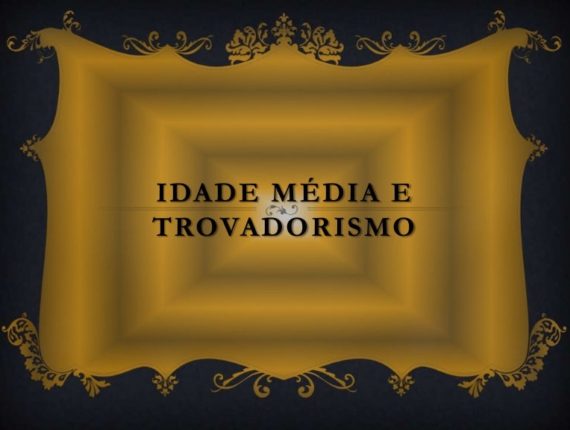My inspiration to start a blog was a cantiga de escárnio (song of ridicule) which I was analyzing during my studies about an exam in Portuguese literature. So in this article I will tell you more about my first impressions of the Portuguese medieval literature as it is worth the mentioning.
- Cancioneiros (Songbooks) and Cantigas (Songs)
First I’ll have a glance at the Cancioneiros (Songbooks) as it is something basic that everyone should know about. There are 3 very important Cancioneiros – Cancioneiro de Ajuda (the least complete), Cancioneiro da Vaticana and Cancioneiro da Biblioteca Nacional. In the last songbook there is a collection, ”Arte de Trovar”, which classifies the cantigas in 3 genres. Тhe genres are cantiga de amor(love songs), cantiga de amigo(songs about the beloved) and cantiga de escárnio e de maldizer(songs of ridicule and insult). In the cantigas de amigo the speaker is a woman. The songs are inspired by the Portuguese folklore tradition. The protagonists always express their coita (love suffering) to someone around (the mother, the sisters, the flowers etc.). In the cantigas de amor the speaker is a man. The difference is that the songs are inspired in the Provençal and speak about the courtly love and the unreachable woman, while in the songs about the beloved the protagonists are abandoned or separated from their partners. In the cantigas de escárnio the words of the troubadour have double meaning and in the cantigas de maldizer the nicknames are called by names. The main goals of the latter are to criticize the lack of realism of the lady, to ridicule the rules of the courtly love and to depreciate the image of the perfect woman in the cantigas de amor.
- Fernão Lopes
The novels are not developed yet. French and British cycles are being translated. We can notice new aspects in the chronicles of Fernão Lopes. Even though it is just chronicles, the writing isn’t a simple narrative. The characters are individualized and there are various dimensions. He is the first one to mention the mass movement (when the population revolts against Queen Leonor Teles). He also speaks about currency devaluation given that these topics only start being analyzed in the XIX century.
- Garcia de Resende and Sá de Miranda
Other writers who should be mentioned are Garcia de Resende with his Cancioneiro Geral and Sá de Miranda (one of the collaborators). Sá de Miranda is the initiator of the court poetry. He spent many years in Italy and was influenced by Petrarch’s ideas. When he returned to Portugal, he brought these ideas with him. The main topic here is the love, but it is not that platonic and has more physical aspects. We also have villancete which is composed by a motto of 2-3 lines and one gloss which defines the motto. The sparse, on the other hand, is composed by a single stanza of 8 lines.
- Os Lusíadas

The most important work of Portuguese literature is the epic poem Os Lusíadas by Camões. It consists of 10 cantos and various verses per canto. It goes through the entire Portuguese history. The speaker in the bigger part of the poem is Vasco da Gama. The author reveals the good and the bad sides of his homeland. In the beginning we can see one negative side which is the depopulation of Portugal. The reason is the departure of the men in search of the route to India. However, the most remarkable episode is ”A Ilha dos Amores”. The protagonists are awarded with all the pleasures for having found the route to India. The Goddess of Nymphs shows to Vasco the Machine of the world.
I find these works important for all lusophones as they give a vision of Portugal that is really different from Portugal nowadays… Portugal in the moment of the formation of its nationality as such.

